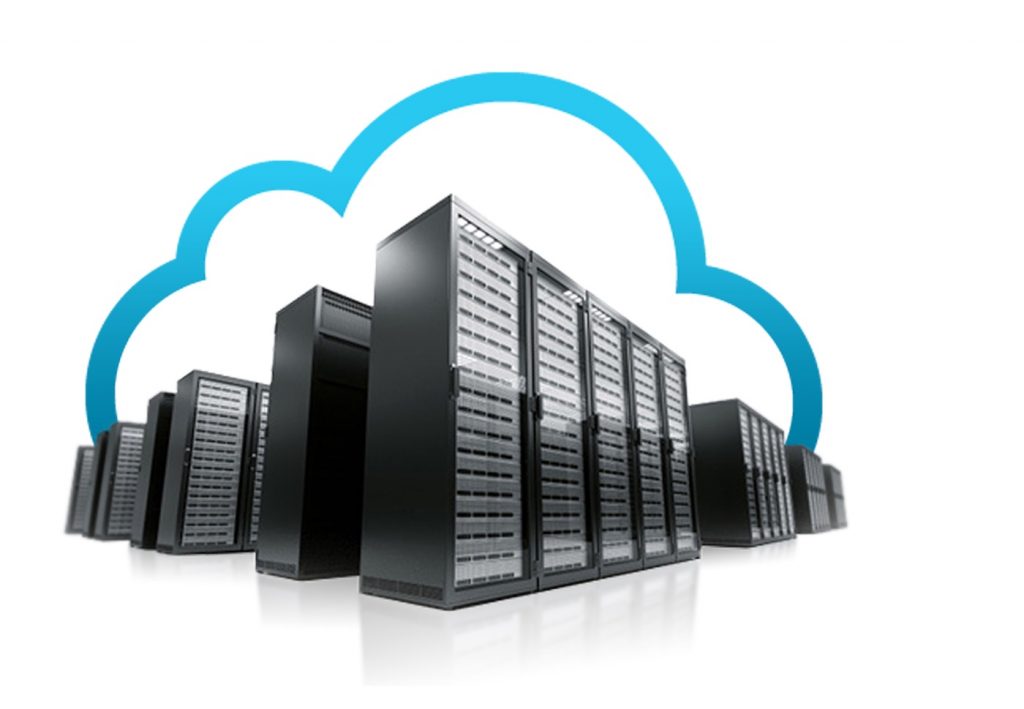In an ever-changing world, it’s important that businesses can change how they perform and how they rely on their systems. The reality is that this constantly changing world requires businesses to be ready to adapt and to do this with old-fashioned systems would be expensive. It would require the removal of systems and the introduction of larger, more powerful systems. However, they would then be stuck with these systems unless they wanted to spend more money investing in new equipment.
In the modern world of business, things have changed and now cloud architectures and solutions are giving businesses the freedom to change how they work. This doesn’t require them to change their hardware or setups to a level that was once seen before and that helps them to save money and time.
It has been found that cloud computing is already proving extremely useful for businesses looking to change how they work. Currently, it is believed that around 85% of businesses are already using cloud architectures which is an impressive figure and highlights just how important cloud solutions are.
Why Scalable Solutions?
Businesses have to be adaptive and flexible. They have to respond to client needs and business needs and this can change rapidly. Cloud solutions and architectures make scalability a simple possibility with minimal hassle. Every business can have a structure that fits their specific needs and with greater scalability comes a higher level of efficiency.
When it comes to scalability there are two forms of scalability known as Horizontal Scaling and Vertical Scaling. The former involves adding more machines to the cloud architecture, giving them the scope to work together. Vertical Scaling involves increasing power to current machines.
With scalability comes a wealth of benefits. The infrastructure becomes highly customisable because it can be scaled in accordance with the needs of the user. Furthermore, they will be able to increase and decrease power as they need it and that reactive ability enables them to cope with an increase in demand as well as a decrease in demand. What’s more, scalability is also important when it comes to service level as it ensures a minimum service can be provided, even in instances of failure
Where Does Cost-Effectiveness Fit in?
Cost-effectiveness and scalability go hand in hand and that’s particularly impressive for any business looking to adapt quickly. What businesses will benefit from are natural economies of scale. Instead of using a server that you own and pay for regardless of how little or how much you use it, with cloud solutions, you’ll share resources with other businesses and their needs. This means that you won’t pay for infrastructure that isn’t working for your business, essentially, this leads to lower costs.
The savings that businesses can make can vary from 30% to 50% when moving to the cloud when compared to upgrading their own equipment on-site.
Cloud architectures are also cost-effective from an energy perspective too. Hosting your own equipment can lead to wasted energy, especially when equipment isn’t being used but cloud computing avoids all of this. However, using cloud architecture will mean that you only pay for what you use and with that comes savings in energy.
Furthermore, your workforce can be streamlined because less on-site equipment will mean that you won’t need staff constantly maintaining it. Operational costs can prove to be exceptionally high for businesses but with cloud solutions, it provides a hands-off approach to how you operate. This doesn’t mean that you have to reduce your employee number but you will be able to streamline how they operate and how they work, helping you to utilise them in other areas of your business.
For any business running its own data centre then resilience is something they will need to think about. Without their systems, their business will essentially stop and that costs money. However, to manage resilience businesses will spend money on more hardware than they require and in many instances, they will duplicate equipment. Often, spare hardware will never get used and will become redundant due to upgrades, leading to a waste of money. This is where cloud architectures can make a difference because they will ensure that resilience is part of the system. Businesses are having to change the way that they work and cloud solutions are becoming a common part of operating in the digital world. With scalability and financial savings on offer, it’s clear to see why more businesses are making the switch.

